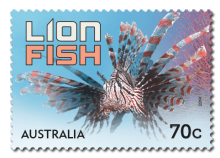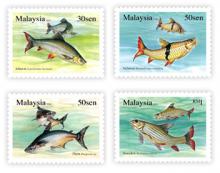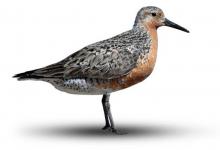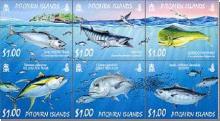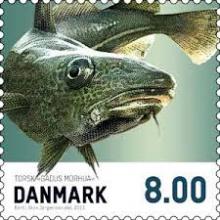Pesticides in U.S. Streams and Rivers: Occurrence and Trends during 1992–2011
During the 20 years from 1992 to 2011, pesticides were found at concentrations that exceeded aquatic-life benchmarks in many rivers and streams that drain agricultural, urban, and mixed-land use watersheds. Overall, the proportions of assessed streams with one or more pesticides that exceeded an aquatic-life benchmark were very similar between the two decades for agricultural (69% during 1992−2001 compared to 61% during 2002−2011) and mixed-land-use streams (45% compared to 46%). Urban streams, in contrast, increased from 53% during 1992−2011 to 90% during 2002−2011, largely because of fipronil and dichlorvos. The potential for adverse effects on aquatic life is likely greater than these results indicate because potentially important pesticide compounds were not included in the assessment. Human-health benchmarks were much less frequently exceeded, and during 2002−2011, only one agricultural stream and no urban or mixed-land-use streams exceeded human-health benchmarks for any of the measured pesticides. Widespread trends in pesticide concentrations, some downward and some upward, occurred in response to shifts in use patterns primarily driven by regulatory changes and introductions of new pesticides.



